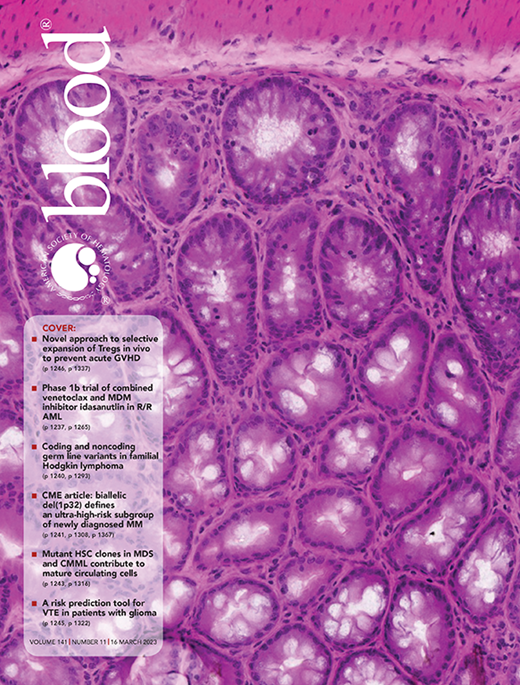A 52-year-old woman presented with extensive lymphadenopathy. A core biopsy showed a follicular lymphoma (FL) with an atypical interfollicular proliferation of CD30+ and MUM1+ cells. An excisional biopsy was recommended, which revealed neoplastic follicles mainly composed of centrocytes with occasional centroblasts (8-10/high-power field) (panel A; 4× objective, ×40 magnification) and interfollicular expansion mostly contained medium-sized cells with eosinophilic, finely granular cytoplasm, variably shaped nuclei with coarse chromatin and distinct nucleoli (panel B; 20× objective, ×200 magnification). Neoplastic follicles were positive for CD20, CD19, CD79a, PAX5, BCL6, BCL2, and CD10 (panel C) with proliferation index ranging between 10% and 40% as highlighted by Ki-67 (panel D). Interfollicular cells were positive for CD20, CD19, CD79a, PAX5, MUM1 (panel E) and CD30 (panel F) (panels C-F; 4× objective, ×40 magnification). They were mainly negative for BCL6, CD10, Cyclin D1, CD15, CD138, κ, λ, lysozyme, CD68, cytokeratin cocktail, S100, CD21, CD23, ALK1, CD56, CD57, and T-cell markers. The plasma cells were polytypic. Fluorescence in situ hybridization studies demonstrated IGH::BCL2 fusion in both follicular and interfollicular neoplastic cells.
We present a very rare case of FL with marginal zone differentiation and expression of MUM1 and CD30 but negativity for germinal center markers in the interfollicular areas. Core needle biopsies may pose a challenge in the diagnosis of this entity.
For additional images, visit the ASH Image Bank, a reference and teaching tool that is continually updated with new atlas and case study images. For more information, visit http://imagebank.hematology.org.


